Willets are large wading birds that live throughout the coasts of North, Central, and South America. They are in the sandpiper, or Scolopacidae, family. There are two different subspecies of the Willet: the Eastern Willet and the Western Willet.
This species is the largest member of its genus, Tringa, which are collectively known as “shanks.” Read on to learn about the Willet.
Description of the Willet
These birds differ in appearance based on region and subspecies, but their size and coloration are still quite similar. They are about 15 in. long on average, and weigh around 10 oz. or so.
Their plumage, or feathers, is light cream or beige, with darker brown dappling throughout. The eastern subspecies sometimes has darker dappling than their western cousins. All Willets have long legs, and long, straight bills.
Interesting Facts About the Willet
These birds are common, and relatively widespread, so what makes them so unique? Learn about their different behaviors and traits below!
- Willet – It’s What’s for Dinner! – Even though it might sound outlandish now, before the Migratory Bird Act, these birds were actually a popular food item! While you might not be able to picture hiking down to the beach and eating a sandpiper, this was once a common occurrence. In fact, people hunting eggs and chicks actually caused severe population decline in the 1900s.
- Sleight of Hand/Wing – Like some other sandpiper species, including killdeer, Willets have an interesting strategy for protecting their chicks from danger. Because they lay their eggs on the ground, their nests and young are in more danger. If a predator comes lurking, the parent fakes an injury, such as a broken wing, to lure the predator away with the “promise” of an easy meal.
- Dedicated Dad – Surprisingly, Male Willets invest a lot in their offspring. They spend just as much time incubating the eggs and caring for the chicks as the female does. In fact, the male exclusively takes the overnight incubation duties.
- All Day Prey – These birds have a distinct advantage over some other shorebird species. Not only can they hunt during the day, but they can also hunt for prey at night. Though they cannot see very well in the dark, Willets use their sensitive beaks to feel in the sand for prey when it is dark out.
Habitat of the Willet
This species lives in a variety of waterside habitats, and their preference varies based on region and subspecies. They live on sandy beaches, rocky coasts, tide pools, sand bars, mud flats, estuaries, and more.
The western subspecies inhabits flooded grasslands, wetlands, lakes, swamps, and even pastures or farms during their breeding season. For this subspecies, their preference of ecosystem changes drastically based on the current season.
Distribution of the Willet
Willets live in different regions based on the time of year, and the subspecies at hand. During the wintertime, all subspecies inhabit coastal regions. During the spring and summer, the western subspecies travels inland to breed in the Northwest United States and parts of southern Canada.
At various times of year, you can spot these birds along the coasts of North, Central, and South America. You can even spot migrating birds throughout much of the continental United States!
Diet of the Willet
These birds are carnivores, but they primarily feed on invertebrates and the occasional small fish. Some common prey items include beetles, spiders, crabs, worms, clams, whelks, mussels, and small fish.
They hunt primarily by wading through shallow waters and probing the sand or mud with their long beaks. Some other feeding methods include spotting and chasing down prey, and moving rocks or branches to reveal potential prey underneath.
Willet and Human Interaction
In the 19th century it was incredibly common for humans to hunt these birds. However, their populations rebounded when the government implemented the Migratory Bird Act. With that said, many populations are declining again, but at a slower rate.
Hunting is no longer a serious danger for these birds, but habitat destruction does impact breeding populations. Though some populations are in greater danger than others, their numbers are still stable, and the IUCN lists them as Least Concern.
Domestication
Humans have not domesticated Willets in any way.
Does the Willet Make a Good Pet
No, these birds do not make good pets. They are wild birds, and are not friendly or cuddly in any way. In most places, it is also illegal to own a Willet as a pet.
Willet Care
Sometimes wild Willets become injured, either through entanglements, car strikes, or other similar conflicts. Sadly, these injuries sometimes mean that the bird cannot survive in the wild anymore. In these cases, sometimes zoos or aquariums can provide a home for the bird.
They live in enclosures with other shore birds, usually in shallow, beach-like habitats. Zookeepers feed them a variety of small fish, shrimp, krill, crabs, crickets, and more.
Behavior of the Willet
These birds are both diurnal and nocturnal, and they forage virtually any time. Their activity level at any given time varies based on the tide. During high tide, water covers small invertebrates and tide pools. When low tide arrives, the water recedes and exposes the creatures as easy prey for the birds.
Outside of the breeding season, these birds are social and live in flocks. During the breeding season, pairs are highly territorial and defend their nesting grounds from other Willets.
Reproduction of the Willet
All Willets are monogamous, and remain with the same partner throughout the whole breeding season. Some populations continue breeding with the same partner for life, while others mate with a different partner the next season.
Their nests are simple dents in the ground, lined with small amounts of leaves and grass. The female lays an average of four eggs, and both parents incubate them for about three or four weeks. It takes about a month for the chicks to begin flying, and they become independent soon after.

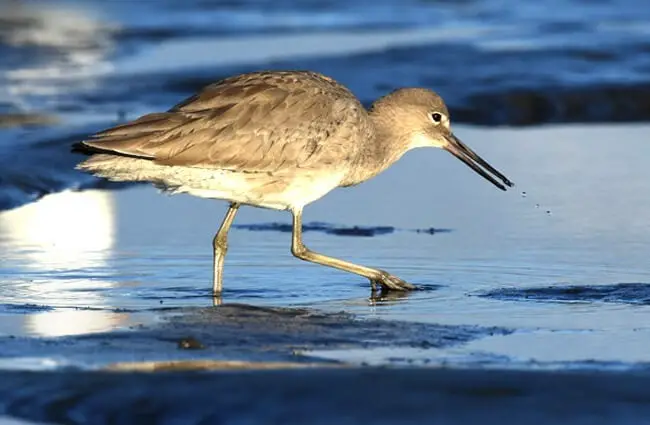


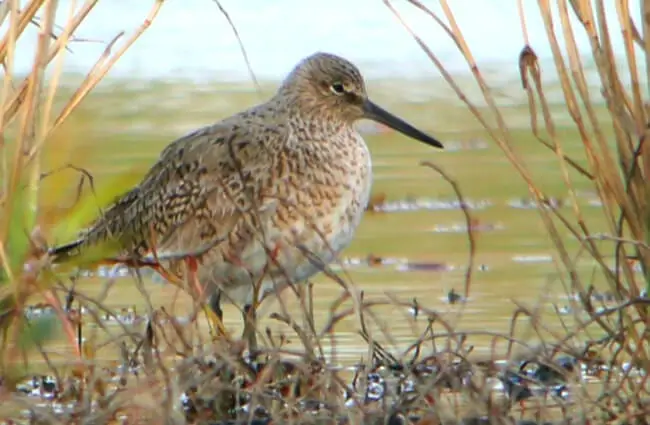

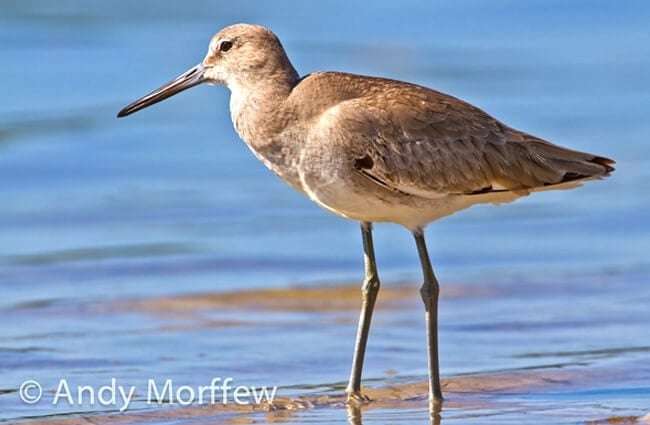
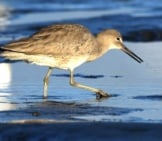


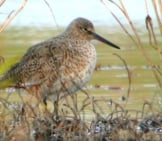


![Red Angus Closeup of a beautiful Red Angus cowPhoto by: U.S. Department of Agriculture [pubic domain]https://creativecommons.org/licenses/by/2.0/](https://animals.net/wp-content/uploads/2020/03/Red-Angus-4-238x178.jpg)












![Red Angus Closeup of a beautiful Red Angus cowPhoto by: U.S. Department of Agriculture [pubic domain]https://creativecommons.org/licenses/by/2.0/](https://animals.net/wp-content/uploads/2020/03/Red-Angus-4-100x75.jpg)

